10 Cryptocurrency Alternatives to Bitcoin
Bitcoin is back.
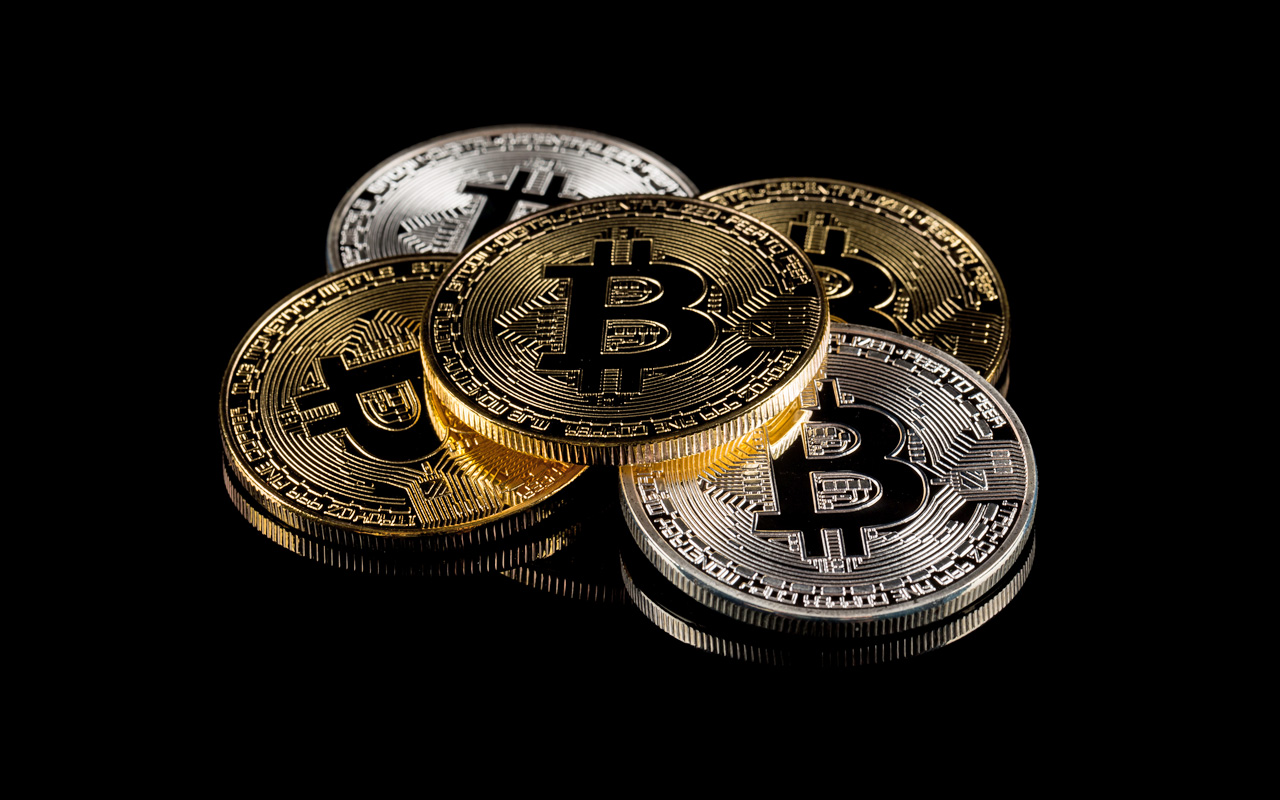

Bitcoin is back. Kind of.
The biggest financial story of 2017, the cryptocurrency Bitcoin was worth less than $1,000 in January, then worth more than $29,000 by December. As 2018 opened, the Bitcoin market was worth over $250 billion – more than AT&T (T).
The new year was unkind to Bitcoin, which quickly dipped to $15,000, then $10,000, and fell to nearly $6,000. It recovered from there but has spent much of the past month dipping back below $7,000. Now, though, Bitcoin is suddenly a hot topic once more, with the cryptocurrency jumping $1,000 in less than an hour recently, and volume suddenly recovering.
But there is so much more to the cryptocurrency story than Bitcoin.
By April 2018, more than 1,500 of these currencies were in circulation, sporting a market value of nearly $330 billion, according to Coinmarketcap, which tracks the market. Some of these cryptocurrencies, or altcoins, are designed to handle more transactions than Bitcoin. Others are designed to protect user privacy, or separate the process of finding the coins or “mining” them from the process of trading them. Still others are designed to stand in for real currencies in international trade.
If you want to get to better know the cryptocurrency world, you need to move beyond just Bitcoin. Here’s a look at 10 of the more important cryptocurrencies in existence, including how they came to be, what distinguishes them and what they may be good for.
Disclaimer
Data is as of April 13, 2018. However, cryptocurrency prices move very quickly and can change significantly by time of reading.
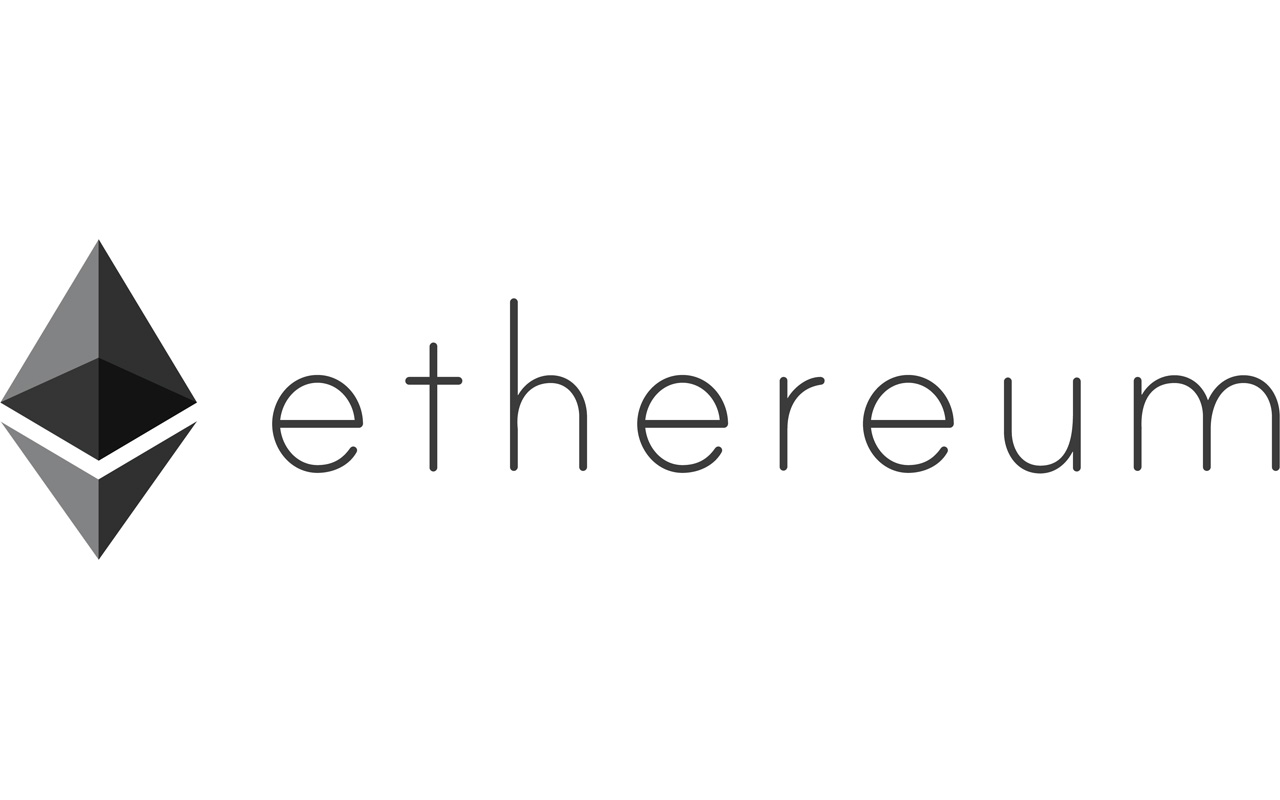
Ethereum
- Market value: $50.6 billion
Ethereum (ETH, $512.65) was first proposed by Russian programmer Vitalik Buterin in late 2013. The technology adds a scripting language to the Bitcoin blockchain, which extends its capability by enabling smart contracts to be written, with trades subject to conditions. The coin, called Ether, was first offered during the summer of 2014, and sold for Bitcoin.
The most popular use of Ether is in buying shares in initial coin offerings (ICOs), which represent start-up capital. Companies describe what they wish to do in statement, advertise it, then offer shares for Ether, which is sold to build and operate the company. Steven Eliscu, executive vice president of DMG Blockchain, which trades cryptocurrencies and mines Bitcoin as a service, calls Ethereum “the ICO platform” for this reason.
Dean Anastos, CEO of Blockchain Developers, which creates tokens and handles transactions on the Ethereum blockchain, sees its smart contract system as key to its staying power, calling it “secure, transparent and trustworthy.”
Its weakness is that the process for handling transactions in its blockchain still needs to be sped-up, he adds. It nearly ground to a halt when a digital cat trading system called CryptoKitties brought immense amounts of small-dollar traffic to it.
Fred Krueger, founder of WorkCoin, an employer-focused cryptocurrency, agrees. “The Ethereum blockchain currently supports roughly 15 transactions per second compared to the 45,000 per second processed by Visa,” he says.
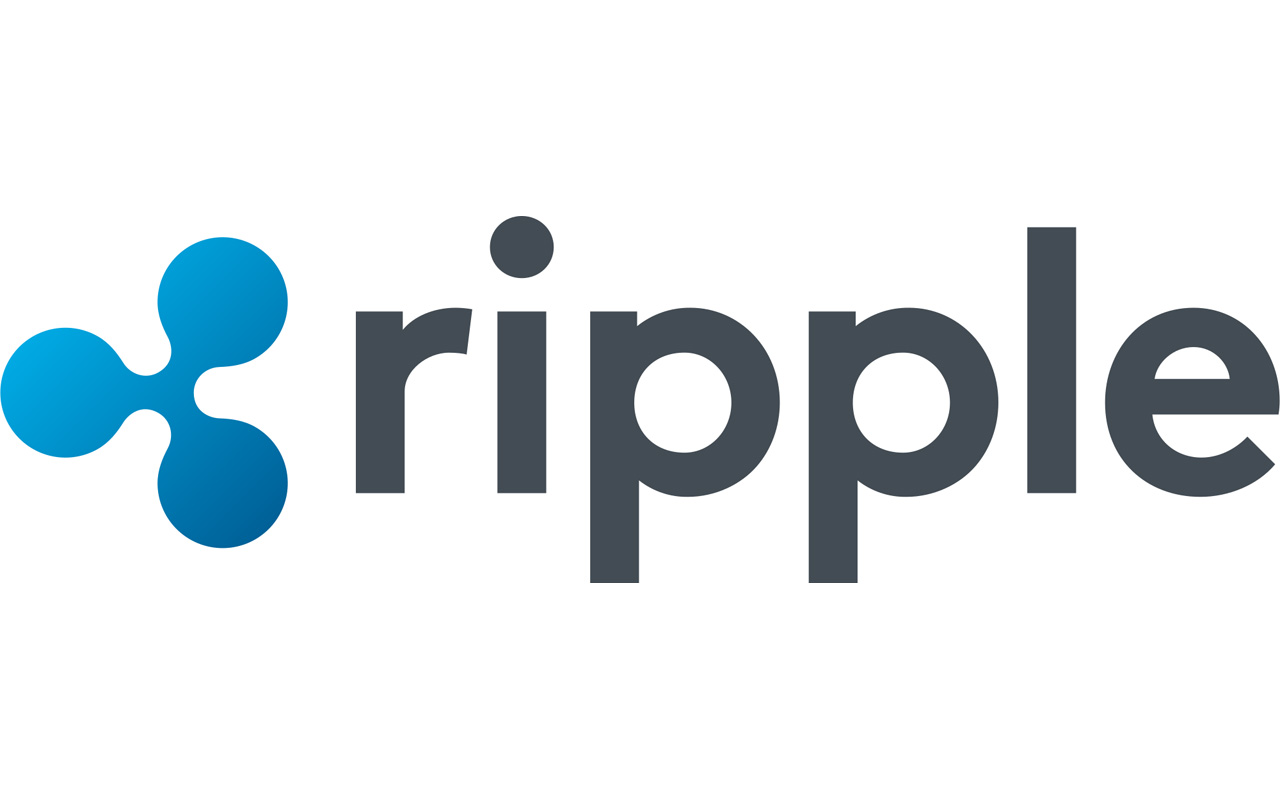
Ripple
- Market value: $26.3 billion
Ripple (XRP, $0.67) was designed in 2012 to settle trades rather than create a trading frenzy. There are more than 38 billion Ripple coins, dubbed XRP, in circulation.
The idea is that Ripple’s value remains relatively stable as goods are moved across oceans. Both sides in a trade buy Ripple, they trade in Ripple and they save on the currency exchange. Think of it as a global euro.
Ripple isn’t “mined.” It is distributed by the creators of the coin, Ripple Labs of San Francisco, which can release up to 1 billion new Ripple each month from an escrow account. This is supposed to keep the price stable.
But Ripple’s value has yet to stabilize. The price of a single Ripple coin shot up to more than $3 at the start of the year, and its market value briefly passed that of Ethereum, but has since fallen to below a dollar per share.
What matters for Ripple traders is whether its distributed blockchain remains stable as its use scales. Its aim is to be a technology rather than an asset – what Eliscu of DMG Blockchain calls “training wheels for banks’ own permissioned blockchains.”
There are also concerns over how Ripple is governed. Anthem Blanchard, CEO of AnthemGold, a supply chain management company using a coin called HERC (Helping Eradicate Racketeering and Collusion), says the institutions that currently validate transactions on its network “are very centralized and in theory could be compromised to freeze a transaction.”

Bitcoin Cash
- Market value: $12.9 billion
Bitcoin Cash (BCH, $757.59) represents a “hard fork” of the Bitcoin blockchain. It was launched in August 2017. A fork occurs when a project’s code is changed and not all users agree to it. Each group takes its own fork in the road.
After the Bitcoin Cash fork, holders of Bitcoins were given new, Bitcoin Cash coins and a new blockchain to trade them on – one that was designed to handle trades more quickly than the main Bitcoin blockchain, using a trading block 8 megabytes in size and a software system called Segregated Witness (SegWit) to drive trades.
After a slow start, Bitcoin Cash prices mirrored the rise in Bitcoin, rising to more than $4,000 per share in late 2017. Now, it sits well below $1,000.
Bitcoin Cash has the same mining process as Bitcoin, although it’s faster, and the same limit of 21 million solutions, of which roughly 80% have already been found. The speed with which Bitcoin Cash handles transactions has led some Bitcoin bulls to prefer it over the original Bitcoin. John Sedunov, an assistant professor of finance at the Villanova School of Business, disagrees, saying he doubts it will have the “staying power” of Bitcoin, although some trading platforms are supporting it.
The similar-sounding name of Bitcoin Cash has already caused problems, with one online merchant accidentally taking the less-expensive Bitcoin Cash for goods priced in Bitcoin.
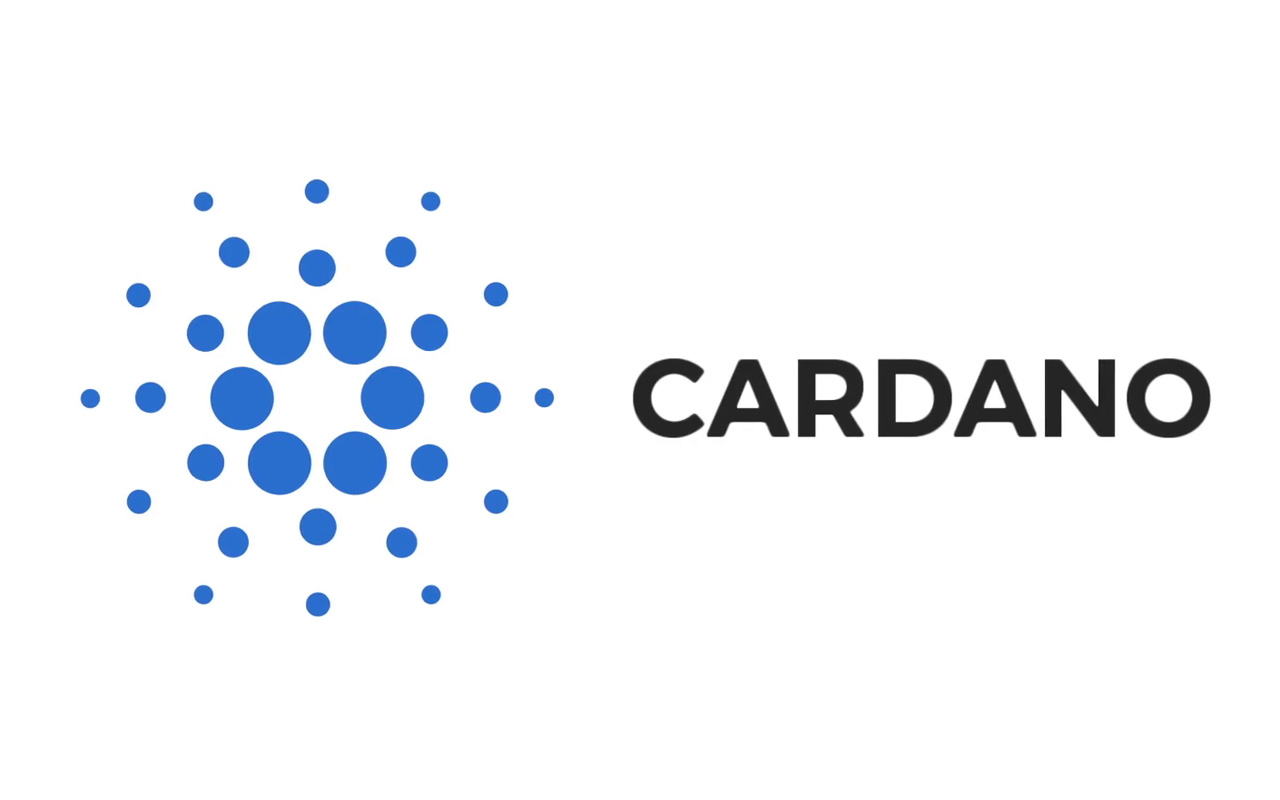
Cardano
- Market value: $5.5 billion
Cardano (ADA, $0.21) was launched in September 2017 through a company led by a former CEO of Ethereum, Charles Hoskinson.
Cardano is built using what it calls Recursive InterNetwork Architecture (RINA), to both protect anonymity and allow for regulation. What matters to traders is that the Cardano architecture has multiple layers – one to control contracts and another to handle transaction settlements. It also is designed to be upgraded quickly. Its advocates call Bitcoin a “first-generation” blockchain, Ethereum a “second-generation” blockchain and their effort a “third-generation” blockchain.
Cardano’s Ouroboros algorithm uses a “proof-of-stake” concept (the more coin held, the more mining a person can do), rather than the “proof-of-work” concept used by Bitcoin and many other cryptocurrencies. It is written with a computer language called Haskell and built on peer-reviewed research, learning from mistakes of previous cryptocurrencies. Because 95% of investors in Cardano are Japanese, it is sometimes called the “Japanese Ethereum.”
Cardano technology is evolving rapidly. Its developers are working to achieve “cross-chain interoperability” so different coins can be traded outside exchanges that charge high fees. The company also is developing a debit card for ADA holders. Some Cardano bulls believe that when work on its exchange and debit card are complete, the value of each coin could reach $5 to $10.
Blanchard of Anthem Gold sees Cardano as eventually competing with Ethereum in smart contracts, but “the major negative is parts of the system are still being built and are thus uncertain,” he warns. Despite this, Cardano has gone from a standing start to the seventh-largest cryptocurrency by market value in less than a year.
6 5G-Ready Telecom Stocks to Boost Your Portfolio
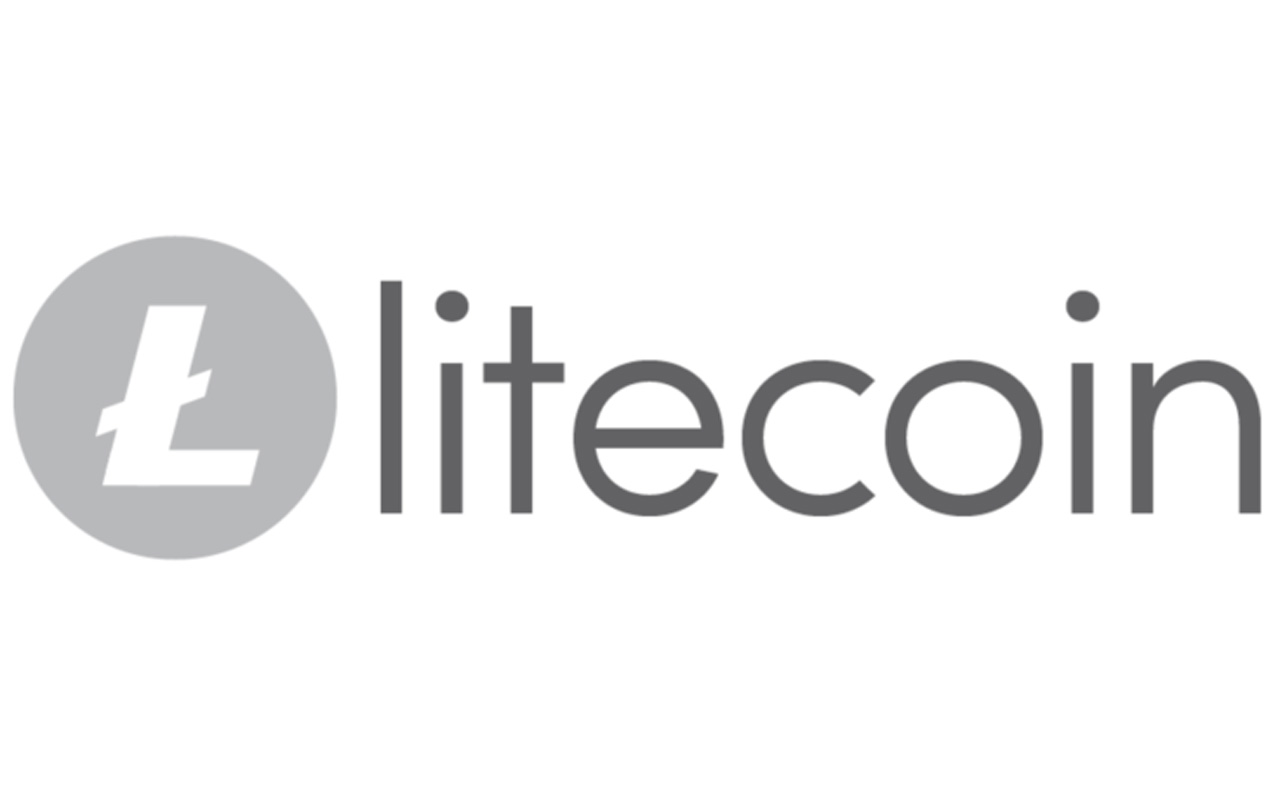
Litecoin
- Market value: $7.3 billion
Litecoin (LTC, $130.31) was created in 2011 by former Google engineer Charlie Lee, forking the original Bitcoin blockchain as a “lightweight” alternative (hence the name). It is a decentralized network designed to handle trades quickly.
Litecoin updates its blockchain more often than Bitcoin, and its Scrypt algorithm allows for mining on ordinary PCs rather than the expensive graphics systems required for Bitcoin. The Litecoin puzzle also has 84 million possible answers – four times that of Bitcoin.
Litecoin’s price tends to mirror that of Bitcoin. In December, Lee wrote that he had “sold and donated” his holdings in Litecoin to avoid a conflict of interest. Litecoin prices fell in response – and the cryptocurrency has fallen even further alongside most of its brethren.
Villanova’s Sedunov says he owns a small amount of Litecoin and is researching whether cryptocoins could replace traditional banking. He sees the Litecoin ecosystem as a method for testing Bitcoin-related projects because of its faster processing speed, but worries that its proof-of-work algorithm for creating new coins takes too much memory.
On its website, Litecoin lists hundreds of businesses it says take the tokens as payments. Its speed in handling transactions has made it popular in Asia for paying prizes and making bets between electronic gamers.
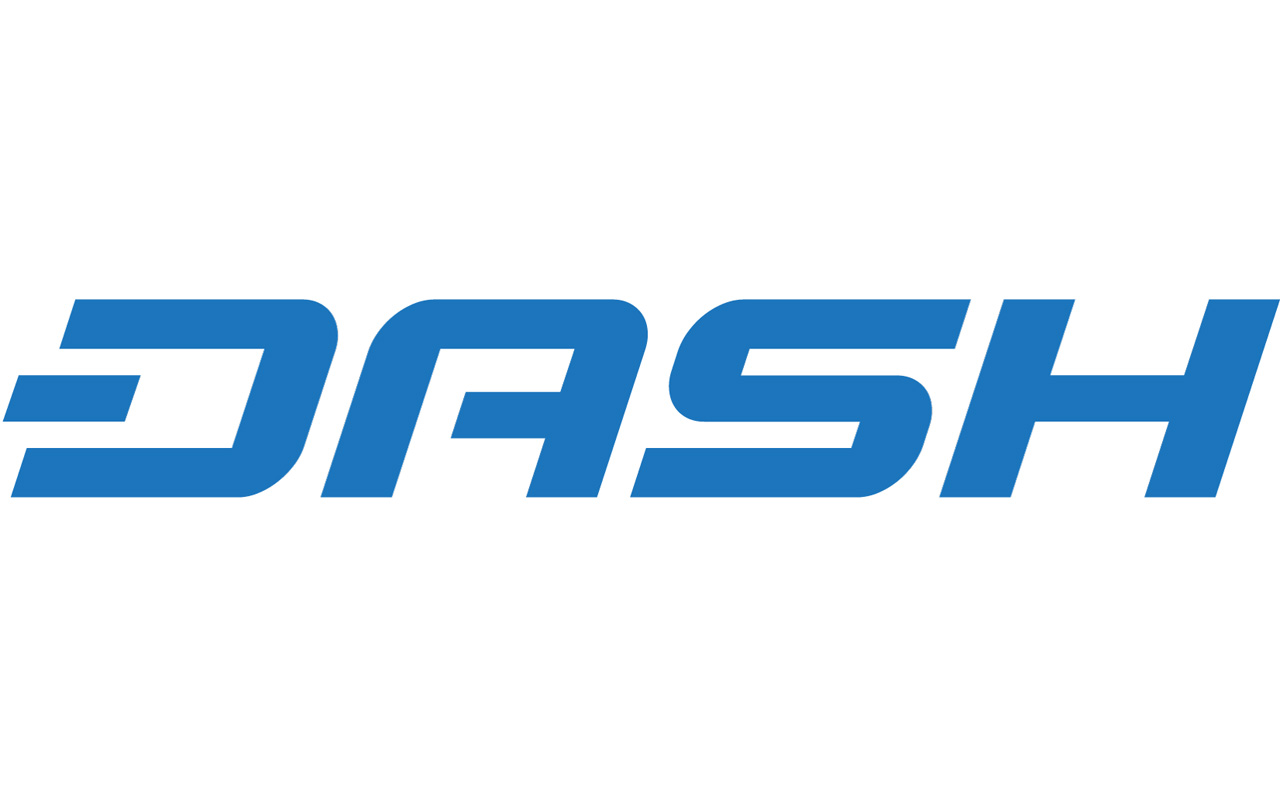
Dash
- Market Value: $3.0 billion
Dash (DASH, $373.56) is based on Bitcoin technology and was first released as XCoin in 2014. It is not a fork of Bitcoin, and instead uses its own blockchain and mining system.
Along with Bitcoin’s main features, Dash offers features for instant transactions, called InstantSend, and private transactions, called PrivateSend. It does this through a two-tier network with trading done through “nodes” and larger “Masternodes.” Masternodes also handle system governance through their own blockchain, separate from the system that creates and validate new coins. The Masternodes mix transactions to scramble trades, making them more private than those made with Bitcoin.
Dash’s management team has partnered with Arizona State University on blockchain research and announced new business partnerships so Dash holders buy goods and services with the coins.
Patrick Gray, founder and CEO of HashChain Technology – a cryptocurrency mining company – finds the Masternode network appealing, calling it “what Bitcoin should have been.” Transactions take just a few seconds instead of hours because they don’t go through the same network used for mining.
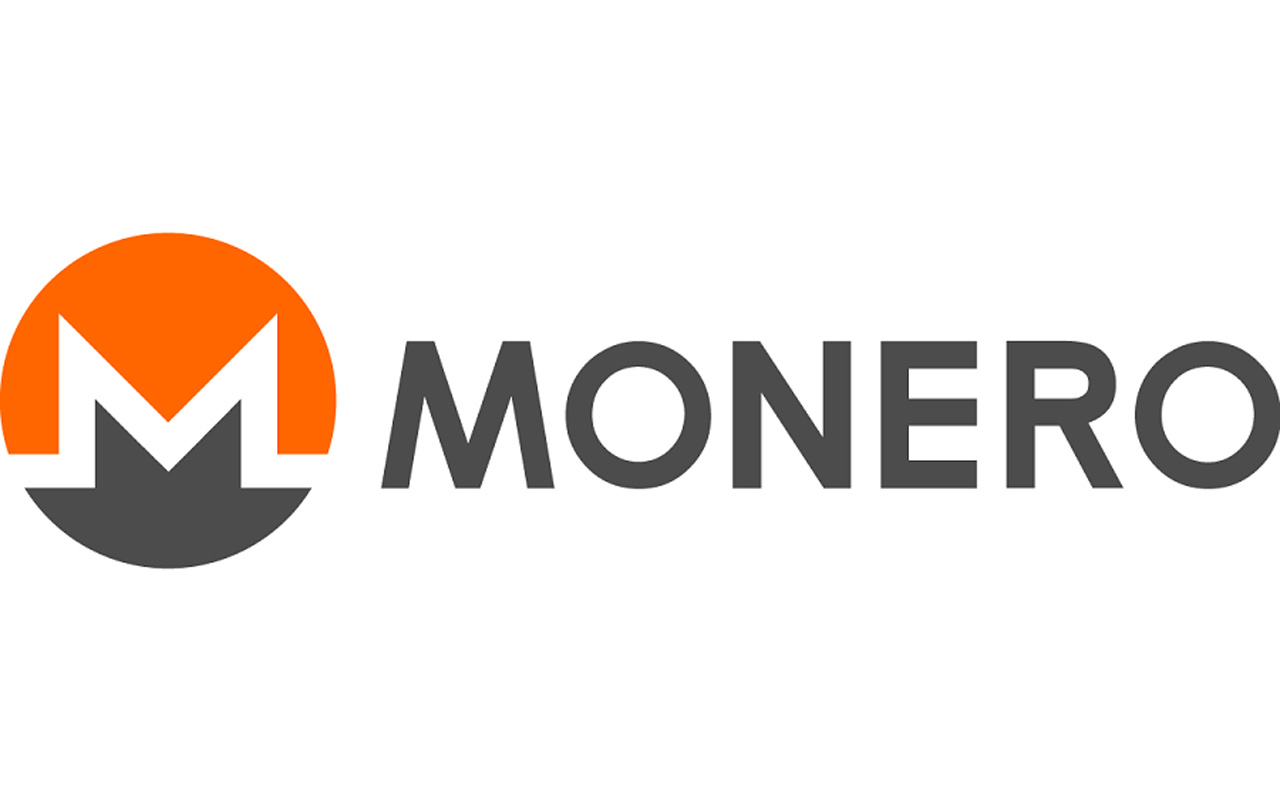
Monero
- Market value: $3.2 billion
Monero (XMR, $198.83), launched in April 2014, bills itself as the “private” cybercurrency, as it is designed to obscure the identities of senders, recipients and amounts on every transaction made with its blockchain, as well as the identities of miners.
The focus on privacy has allegedly made Monero a favorite of criminals, and its mining process has been abused by hackers who covertly embed the mining code into legitimate websites and apps, hijacking PCs with a script called “CoinHive.” North Korean hackers also have been accused of attacking cryptocurrency exchanges to steal Monero.
Despite this, Monero’s value has mostly continued to climb – although most of the gains have gone to miners creating new coins rather than investors buying them.
Monero’s design means that, in theory, its supply is unlimited. For this reason, Adam Cecchetii, founding partner of Déjà vu Security, recommends against speculating in the coins. TroopMarket’s Krueger believes Monero’s promise of privacy also makes it a risky investment. “It could end up being banned from centralized and other exchanges,” he says.
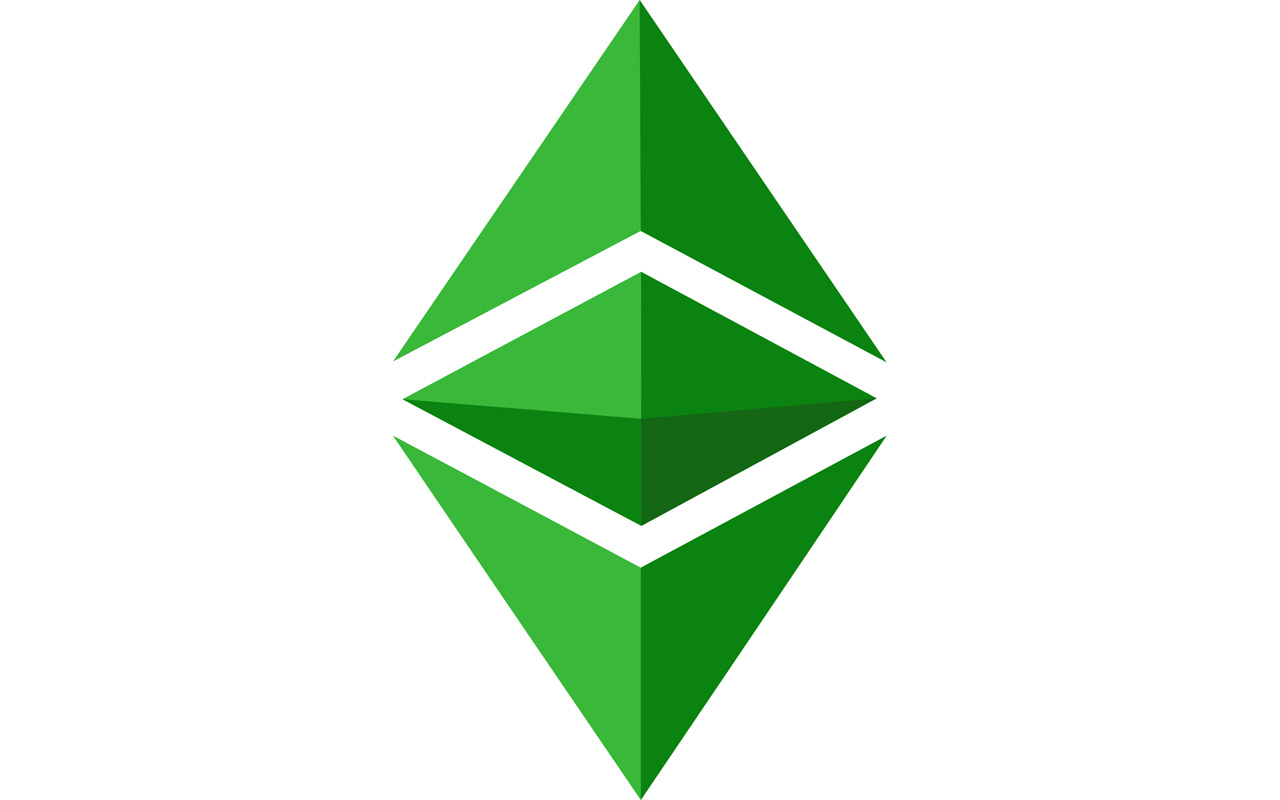
Ethereum Classic
- Market value: $1.6 billion
Forking an existing cryptocurrency is risky. Holders of the old currency automatically get the new one, creating a base of traders. But if no one else comes into the market, the valuable new currency becomes worth less.
Bitcoin Cash was forked from Bitcoin to improve it, but failed to generate enormous investor interest. Ethereum forked its own blockchain after a hacker stole $50 million of Ether, exploiting a bug in its software for smart contracts. The fork locked the hacker out from the Ethereum blockchain by changing the rules under which it operated.
Those opposed to this change for philosophical reasons, however, stayed with the original blockchain, which eventually took the name Ethereum Classic (ETC, $16.30). Today’s Ethereum, then, is actually a fork of Ethereum Classic, not the other way around. But Ethereum coins are now worth 30 times more than those in the original Ethereum Classic blockchain.
Many traders have moved on from Ethereum Classic, but AnthemGold’s Blanchard says Ethereum Classic can still act as a “testing ground” for Ethereum contracts.
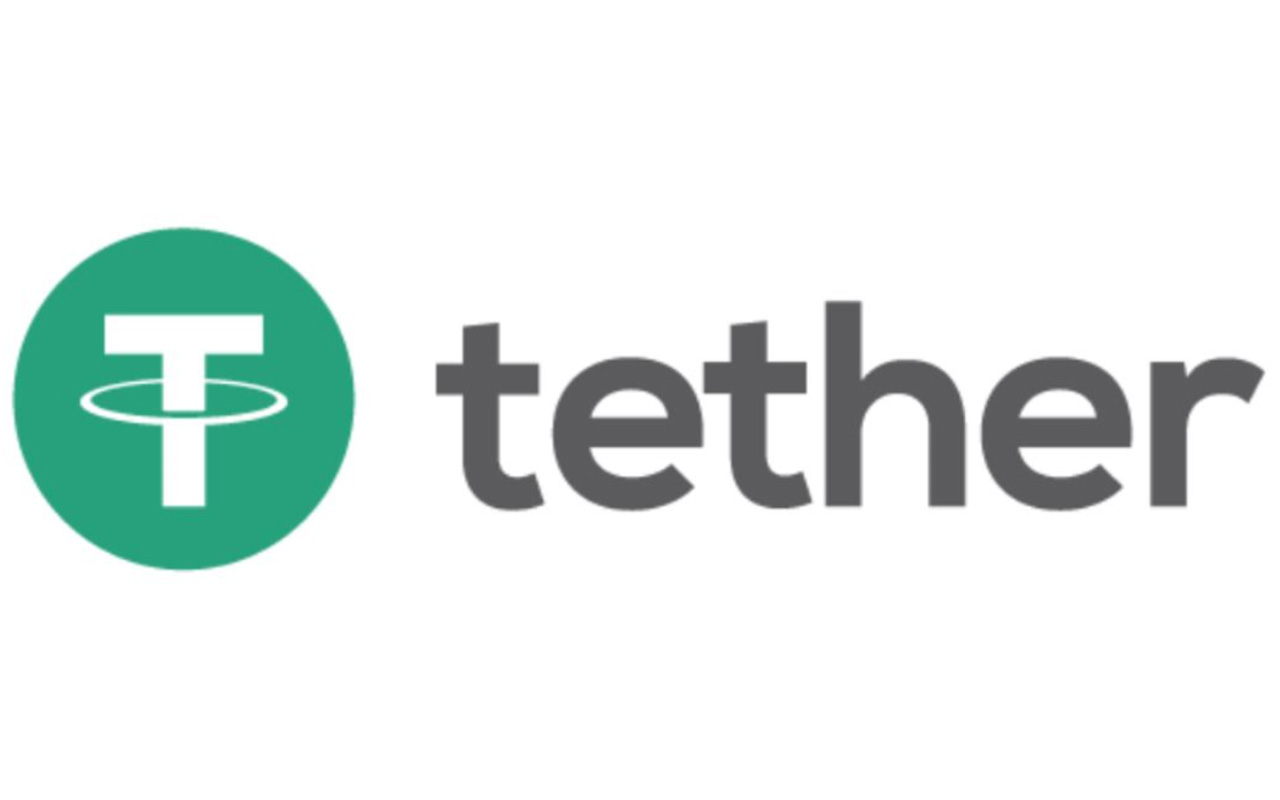
Tether
- Market value: $2.3 billion
As countries have sought to get a handle on the cryptocurrency phenomenon, some have sought to ban the trade, others to regulate it, and still others, like the U.S., to let it be (but to also tax traders).
A website called Howmuch.net offers a map showing how Bitcoin is restricted in China, one of the largest cryptocurrency markets; illegal in Russia, where Ethereum founder Buterin was born; and still in legal limbo in places like India and Argentina. Some countries also have tried to create their own, domestic cryptocurrency. India has tried to do this through a government sponsored crypto coin called Lakshmi Coin. Venezuela’s government launched an oil-backed cryptocoin as its currency becomes worthless – a move opposed by the U.S., and even the country’s own lawmakers.
Then there is Tether (USDT, $0.99), designed to match the value of the U.S. dollar. This is an entirely private offering, based in Hong Kong and closely tied to Bitfenix, a Bitcoin exchange. The idea is that a slow-trading blockchain like Bitcoin can be exchanged for Tether, and Tether can then be converted to dollars quickly and cheaply.
It has not always worked. Tether had a correspondent banking relationship with Wells Fargo (WFC), which offered to move money from four Taiwanese banks and give traders dollars. The relationship, however, collapsed.
Despite these problems, Tether is still growing by market value, surpassing $2 billion in January of this year.

Dogecoin
- Market value: $467.6 million
Dogecoin (DOGE, $0.004) was created in 2013 as a joke by Portland programmer Billy Markus. Adobe executive Jackson Palmer bought a domain for it and launched a homepage. Its symbol is a Shiba Ina dog, representing the “Doge” meme popular when the currency was launched.
Dogecoin uses technology similar to Litecoin to mine coins, but without Litecoin’s limit on how many coins can be mined. As a result, there are now more than 114 billion Dogecoin in circulation.
Palmer took an “extended leave of absence” from Dogecoin in 2015. In January 2018, Palmer blasted the whole cryptocurrency “bubble” at Vice’ Motherboard site in an article titled “My Joke Cryptocurrency Hit $2 Billion and Something Is Very Wrong.”
What has made Dogecoin a viable cryptocurrency has been its use as a gift, and a venue for fundraising. It helped get the Jamaican bobsled team to the Sochi Olympics. It was used for an irrigation project in Kenya. It was even briefly used to sponsor a NASCAR driver, Josh Wise. It is used to “tip” writers who add content to some websites, and in the gambling and pornography industries.
Déjà vu Security’s Cecchetti agrees, saying he sees no long-term future in it. Whether there is depends entirely on the market, however, and at last check, people still were willing to pay actual money (though not much) “for the lulz” of having a Dogecoin.
Get Kiplinger Today newsletter — free
Profit and prosper with the best of Kiplinger's advice on investing, taxes, retirement, personal finance and much more. Delivered daily. Enter your email in the box and click Sign Me Up.

-
 2026 Disney Dining Plan Returns: Free Dining for Kids & Resort Benefits
2026 Disney Dining Plan Returns: Free Dining for Kids & Resort BenefitsPlan your 2026 Walt Disney World vacation now. Learn about the returning Disney Dining Plan, how kids aged three to nine eat free, and the exclusive benefits of staying at a Disney Resort hotel.
By Carla Ayers
-
 How Can Investors Profit From AI's Energy Use?
How Can Investors Profit From AI's Energy Use?Global energy demand is expected to grow by leaps and bounds over the next several years as AI usage accelerates. Here's how to get a piece of the pie.
By Jacob Schroeder
-
 Fed Leaves Rates Unchanged: What the Experts Are Saying
Fed Leaves Rates Unchanged: What the Experts Are SayingFederal Reserve As widely expected, the Federal Open Market Committee took a 'wait-and-see' approach toward borrowing costs.
By Dan Burrows
-
 The Cheapest Places To Retire in the US
The Cheapest Places To Retire in the USWhen you're trying to balance a fixed income with an enjoyable retirement, cost of living is a crucial factor to consider.
By Stacy Rapacon
-
 Fed Sees Fewer Rate Cuts in 2025: What the Experts Are Saying
Fed Sees Fewer Rate Cuts in 2025: What the Experts Are SayingFederal Reserve The Federal Reserve cut interest rates as expected, but the future path of borrowing costs became more opaque.
By Dan Burrows
-
 Stock Market Today: Stocks End Mixed Ahead of Powell
Stock Market Today: Stocks End Mixed Ahead of PowellPolitical upheaval in South Korea kept investors on their toes Tuesday.
By Karee Venema
-
 Fed Cuts Rates Again: What the Experts Are Saying
Fed Cuts Rates Again: What the Experts Are SayingFederal Reserve The central bank continued to ease, but a new administration in Washington clouds the outlook for future policy moves.
By Dan Burrows
-

 Stock Market Today: Stocks Drop, Oil Spikes After Iran Attacks Israel
Stock Market Today: Stocks Drop, Oil Spikes After Iran Attacks IsraelA massive port strike and dismal economic data also weighed on the main indexes Tuesday.
By Karee Venema
-

 Stock Market Today: Stocks Gain After Powell Talks Rate Cuts
Stock Market Today: Stocks Gain After Powell Talks Rate CutsA late-day burst of buying power helped the main indexes close higher for the day, month and quarter.
By Karee Venema
-
 Fed Goes Big With First Rate Cut: What the Experts Are Saying
Fed Goes Big With First Rate Cut: What the Experts Are SayingFederal Reserve A slowing labor market prompted the Fed to start with a jumbo-sized reduction to borrowing costs.
By Dan Burrows
